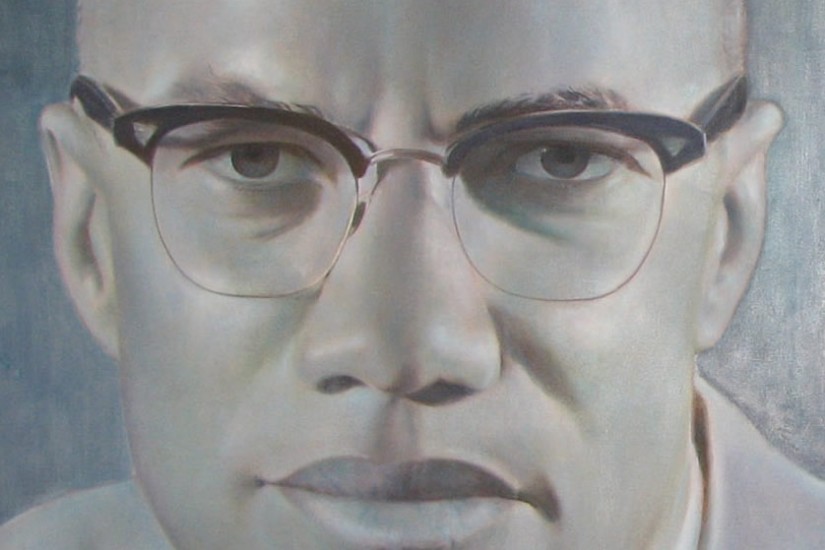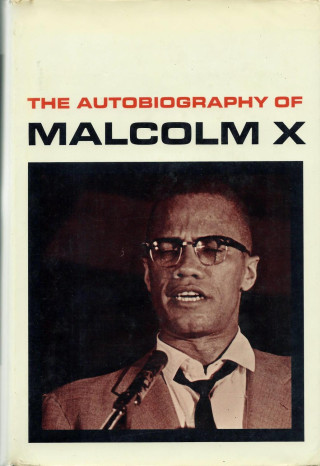With the book, Malcolm had hoped to subvert the generic conventions of autobiography that elevate the singular, private person over the collective, political public. Personal storytelling could be a means for collective liberation. Indeed, the weight given to Malcolm’s political vision in the book at times led to tensions with Haley. Just months after Haley and Malcolm signed the contract with Doubleday, Haley requested that his role be changed from “co-authored by” to “as told to.” “Co-authoring with Malcolm X,” he wrote, “would, to me, imply sharing his views—when mine are almost a complete antithesis of his.” He remembered Malcolm scolding him: “A writer is what I want, not an interpreter.”
Malcolm wanted his autobiography to be the story of a people and the social forces that shaped their lives, but in the end it became the story of an exceptional man’s life. Marable’s own Pulitzer Prize–winning biography of Malcolm, twenty years in the making, grew out of his frustrations that the autobiography did not accurately represent Malcolm X’s political thought. Both during his life and after his death, Malcolm has often been reduced to a bare vessel of emotion, caricatured as an incisive critic who lacked a solution to the structural racism he so eloquently denounced. The autobiography itself was first marketed this way, as the story of “America’s angriest black man.” James Farmer, one of the “Big Six” leaders of the civil rights movement, once quipped at Malcolm during a debate: “We know the disease, physician, what is your cure?” Marable had speculated that the unpublished chapters would reveal a more holistic political vision, and “The Negro” partly fulfills that hope. Indeed, in its twenty-five pages, Malcolm X both outlines sicknesses and, quite explicitly, offers potential cures.
• • •
Haley excitedly wrote that “The Negro” was “guaranteed to upset the NAACP and [White] Citizens Councils, alike.” But the chapter, crucially, is more than just provocation. Today the essay’s title may sound like the product of a bygone era, but to Malcolm the term was always outdated, an ideological fiction of white supremacy. The “Negro,” he wrote, was a “white creation”:
Part of the ‘Negro’s’ survival technique until this day has been to let the white man hear what he knew he wanted to hear from his creation, and to show him the image he wanted to see. And the white man has gullibly believed the Negro survival ruse. It has helped him not have to face the enormity of his crime.
A classic lecture Malcolm gave as minister of Harlem’s Mosque No. 7 traced the root of “Negro” back to the Greek word for death, “nekro.” This folk etymology pointed not only to the Nation of Islam’s conviction that 85 percent of black people were “dead” in the sense that they were “deaf, dumb, and blind” to their own history, but also to its contention that the necessary and proximate death of the “Negro” race would lead to the rise of the Earth’s “original people.”
There is rage in “The Negro,” but it is accompanied by reason. It argues for politics over personality. The chapter is a kaleidoscopic tour through Malcolm’s searing critiques of black political leadership, integration, liberal incrementalism, and white philanthropy. The tone throughout is characteristically pointed, speech-like, and conversational:

